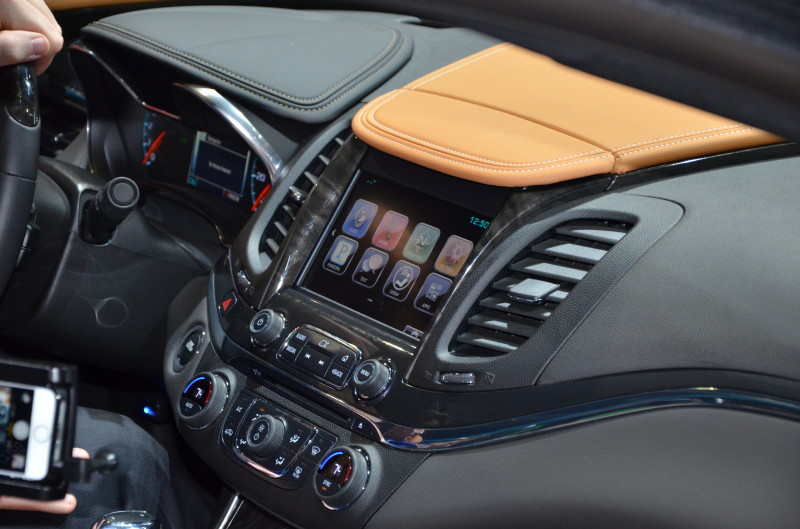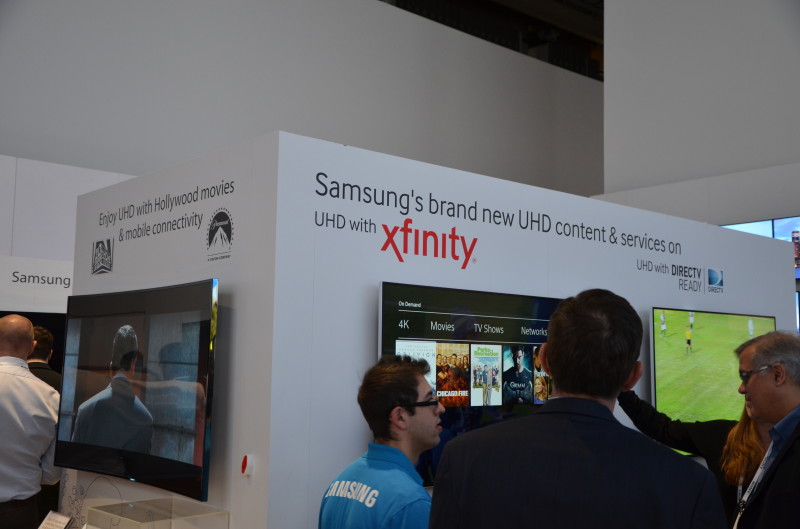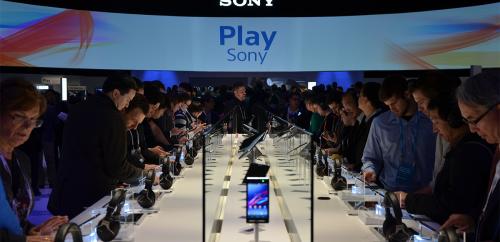CES is one of the world’s greatest three-ring circuses. It’s a modern day world’s fair. It’s an epic dog-and-pony show that actually features robotic dogs. Most of the products here will never see the light of day, but for one brief moment they take their place on a shiny acrylic-encased pedestal and we stand awe-struck as the future slowly rotates before us. CES may not be a great predictor of what will be in Big Box stores this Christmas, but it always delivers a performance. Other blogs have done their prognosticating, revealing what they think will be the can’t-miss objects on the show floor - the ones that really matter.
Mashable, for example, offered a great primer for tech trends to look out for at CES 2014. And while they’re right - these are the things most likely to have an influence over the consumer tech industry – it fails to capture the bigger story. Namely, that the products at this year’s CES are not revolutionary in a vacuum; they’re special because they all work together. Just about everything here, from the accessible to the absurd, features a way to network, to share, and to bond with disparate devices. They all depend on a method of connection – most often broadband. The products most likely to make it to market are staking their claims as not just the fastest and most powerful, but also the one that plays best with others over a shared network.

Chevrolet Impala's New App-Based Entertainment System
Take GM’s new partnership with Google and the Open Automotive Alliance. Representatives from Chevrolet were conspicuously cagey with the details, but it seems the partnership will make Chevy in car UI Android-based. Or at least Android-friendly. Not only will it function seamlessly with Android devices, it’ll connect to a 4G network, turning your car into an LTE Wi-Fi hotspot. GM isn’t building a better digital car interface, it’s making a partnership that establishes a more friendly, unified one. It’s the same story with 3-D printers, content providers like Comcast, and major electronics manufacturers like Sony. Their products aren’t focused on re-inventing the wheel, but showing how they’re best suited for our already saturated digital lives.
For example, Samsung is sporting a new 4k TV app that features Xfinity On-Demand programming. It turns out that the best way to get content to new Ultra HD TV’s is through partnership. But perhaps the best example is Sony’s announcement of PlayStation Now. It’s a new videogame download platform that will eventually allow users to purchase and play PlayStation games on web connected TVs, tablets, and smartphones – not just the PlayStation4 console. From a company renowned for it’s extensive investments in proprietary platforms (I’m looking at you Betamax), a device-agnostic marketplace is a huge step. It’s a tacit acknowledgment from an industry giant that one manufacturer’s ecosystem cannot wholly own the future of consumer tech.

Xfinity and Samsung Partner to Deliver 4K On Demand Content
Cable’s role, while not always overt on the show floor, is clearly woven through these new bonded ecosystems. Broadband has always been the open, unifying platform where any and all devices with an IP address can play together. It’s the original platform of possibilities. Rightfully we take it for granted, but cable broadband has offered – and will continue to offer – an open Internet experience where the best stuff is free to rise to the top. It’s the nervous system that connects the connections. While we spend the week applauding (and deriding) the devices and ideas presented at CES 2014, it’s impossible not to see the role broadband has played, and will continue to play, in the consumer technology industry. And as devices become more dependent on each other, broadband will continue to facilitate the evolving digital environment.
